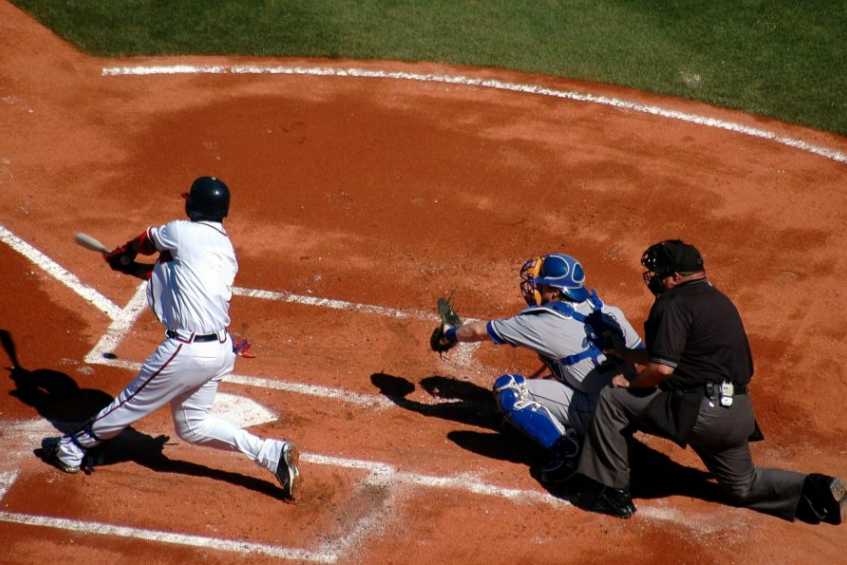
Thursday Throwing Tips
Many young players develop unorthodox throwing motions that coaches immediately try to change. Generally, that is a good thing but not necessarily so if the player is a pitcher.
Pitching may be the most over coached part of baseball, but throwing itself may be the most under coached aspect of the game. Along the same lines, I often say that pitching is just throwing with a windup. Of course, that is over simplifying things, as there is so much more that goes into pitching including various pitches, ball movement and setting up hitters.
The point to those initial beliefs is that coaches spend a great deal of time helping young players develop their pitching without first addressing the correct throwing fundamentals. Correct throwing fundamentals are paramount to pitching success, as well as for avoiding arm injuries.
However, there is one aspect of throwing itself that is different for pitching than for throwing from the field of play; that difference is "deception." Throwing deception is an action that either hides the ball from the target or a deceiving action that serves to diminish the opposing player's concentration level. One can see how deception, by its very nature, is good for the pitcher but would not be good on throws from the field. Ultimately, that is where throwing mechanics and pitching mechanics diverge. It is important that pitchers attempt to gain any edge they can and that is where pitching deception comes into play.
Coaching throwing deception for pitching is often over looked. A key element to coaching youth pitching is to help each young pitcher to develop that deception, because hiding the ball longer or taking away a little concentration from the hitter, helps get hitters out. The form of pitching deception may be different for each pitcher, depending on what they are comfortable with, but it usually begins with making sure the front elbow is up and the glove begins the forward movement home by being on the pitcher's throwing side of their body. This move hides the ball longer from the batter's vision, which is a good throwing deception move.
Other forms of throwing deception as twisting the body more on the knee lift, stepping across the body, raising the front elbow way above shoulder height or kicking the front leg out or up, take a great deal of practice but may give pitchers the added edge in the long run.
After playing major league baseball, Jack Perconte has taught baseball and softball since 1988 and offered valuable coaching training too. He has helped numerous youth players reach their potential, as well as having helped parents and coaches navigate their way through the challenging world of youth sports. Jack is one of the leading authorities in the areas of youth baseball training and coaching training advice.
All Jack Perconte articles are used with copyright permission.There are 0 comments on "Pitching Deception - 365 Days to Better Baseball"
chandler allen says:
"Hi my name is chandler, i’ve enjoyed..."
On Wanting to tryout for summer ball. as an 18 year old
david graham says:
"With no current MLB team in Canada,..."
On With no current MLB team in
Charles Chavez says:
"To All Coaches: Do you have13U or..."
On Looking for Games